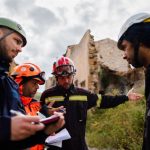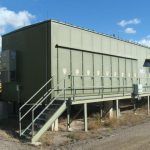A sand jack is a sand-filled container used as part of a cast-in-place bridge falsework. A sand-filled cavity aids in the removal of the falsework by allowing a slow and controlled lowering of the bracing trapped beneath the new bridge structure. In this article, you will learn how a sand jack works, design considerations, and typical applications.
How a Sand Jack Works
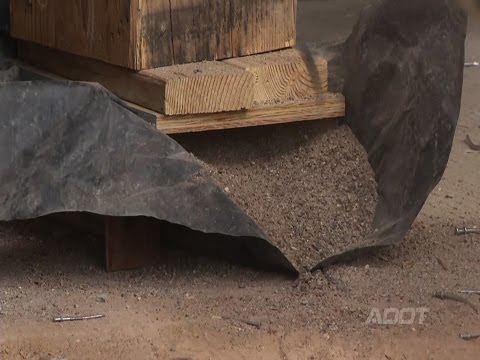
Falseworks support the weight of bridge-building during the construction process since they are inexpensive, dependable, and simple to remove upon job completion. Deploying a sand jack allows the removal of falseworks. Unlike the operation of a conventional jack, the sand jack must be constructed as part of the falsework.
The sand jack constitutes of square metal box lined with plastic and packed with sand. In addition to providing form, sand provides the added benefit of preventing moisture intrusion. The falsework structure sets on top of plywood placed on top of the sand. The falsework does not settle since the compressed sand provides rigidity.
Process
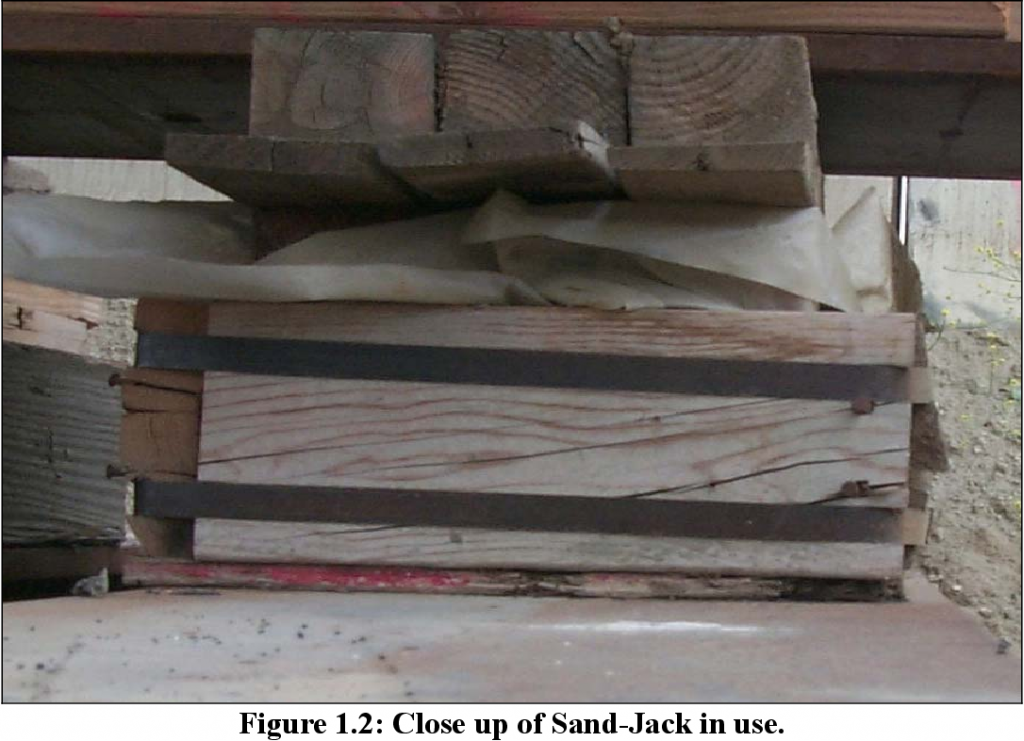
Crews unbolt the box and blow the sand out of it when it’s time to pull down the falsework. This allows personnel to remove the falsework with a few inches of “wiggle room.” To do it safely, a forklift or other crane secures the falsework. Then, the crew safely removes the falsework framework. The top, flat component of falsework on the bridge’s deck is called the “lid.” Just pulling out its support would be dangerous, so crews hold the lid up using hydraulic jacks. The jacks set on top of the concrete structure with long rods that run through the jack, the concrete deck, and finally, connect to the falsework lid.
After removal of the falsework legs, the crews slowly lower the top to the ground. The bridge, tunnel, or box culvert is ready for commissioning once the crew removes all the falsework.
Sand Jack Design Considerations
There are no design standards and capacity for sand jacks, resulting in significant variance during practice. Construction accidents have brought attention to their design and use in bridge construction. In 1982, a collapse resulting in sixteen fatalities occurred at the Riley Road Interchange Ramp in East Chicago, Indiana. The Occupational Safety and Health Administration (OSHA) and the U.S. Department of Transportation conducted an investigation involving the National Bureau of Standards (NBS). Tests conducted by NBS resulted in expected loading of up to approx. 170 kips.
These investigations show that to determine failure modes and ultimate capacities, a simulated test setup must generate huge vertical loads. The simulation of a vertical loading of 170 kips in a production type scenario is difficult to reproduce.
As such, the research results provide guidance to field engineers in determining how to account for sand jack loading during construction. Research has shown that banding the sand jack increases the capacity substantially. The addition of banding increases load capacity by up to 10% per banded instance. Generally, sand jacks can handle loads up to 100 kips. After 100 kips, predicted derformation and loading behavior becomes difficult to model due to the absence of design standards.
Common Sand Jack Applications
Usually, sand jacks help crews build bridges, culverts, and tunnels. Their deployment makes sense in any scenario that includes falseworks. Similar concerns regarding installation, loading, and removal exist in all applications.
Bridges
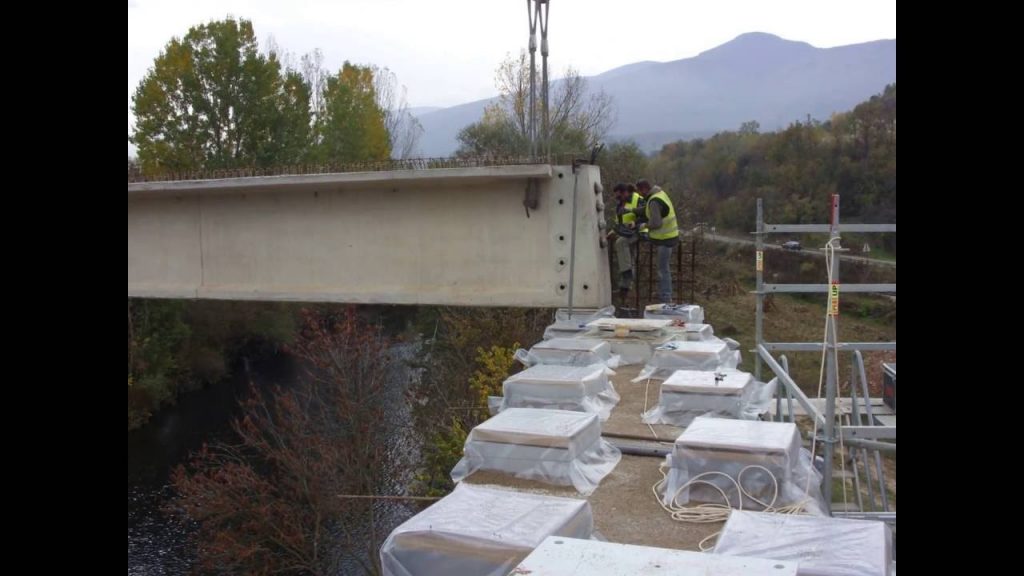
Culverts
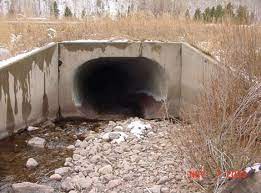
Tunnels
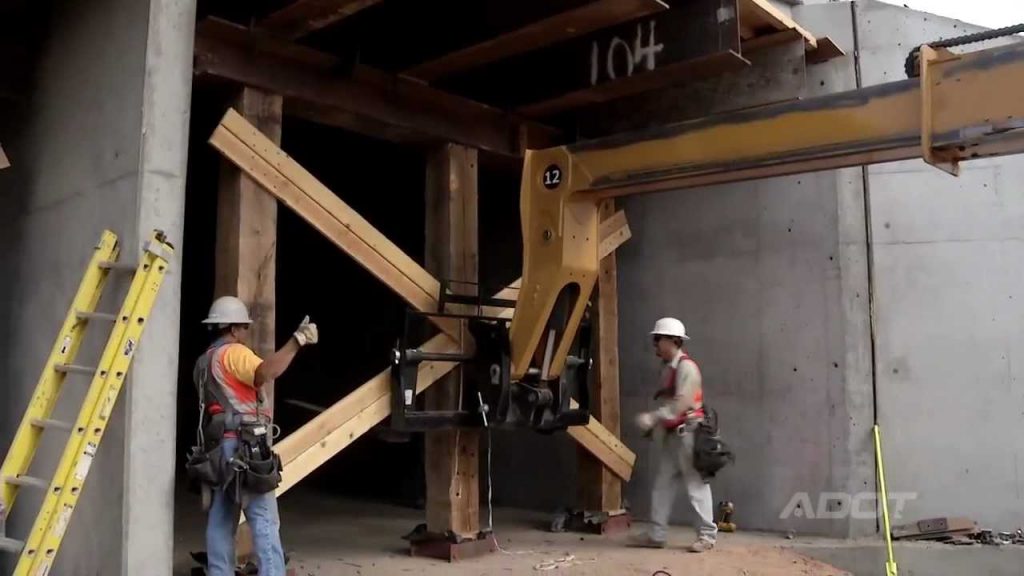
While clearly a low technology application, the humble sand jack provides a useful and ingenious way to remove falseworks. It’s hard to imagine a scenario where they do not play a prominent role in early works development. With that being said, it seems likely that codes and additional construction guidance will apply to sand jack formation in the future.


